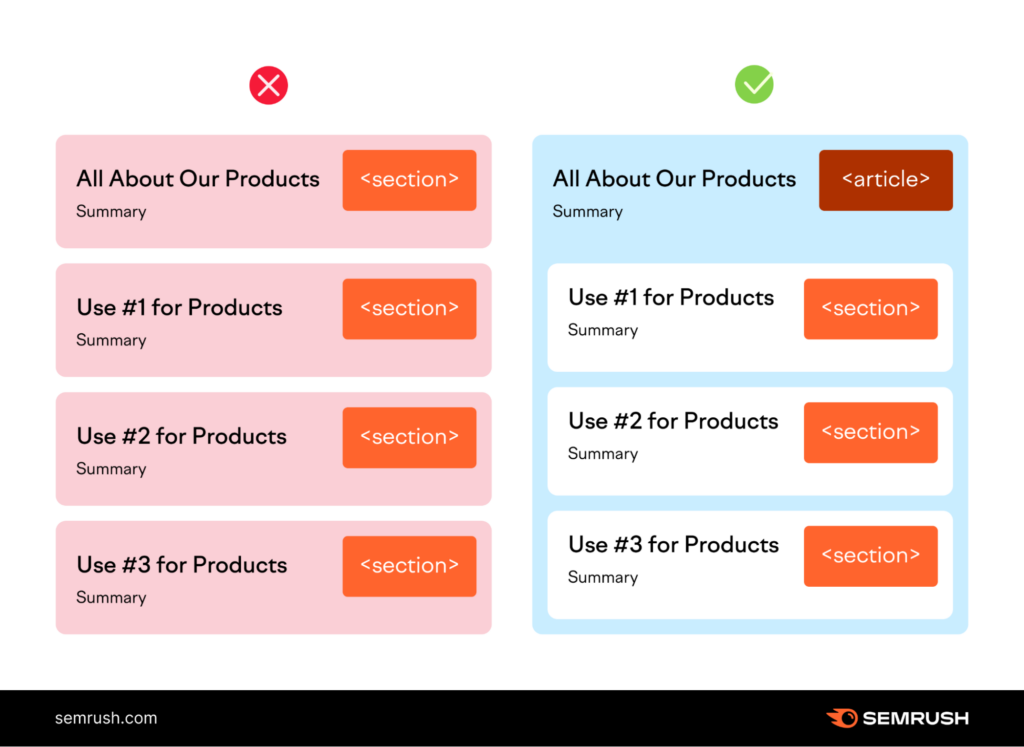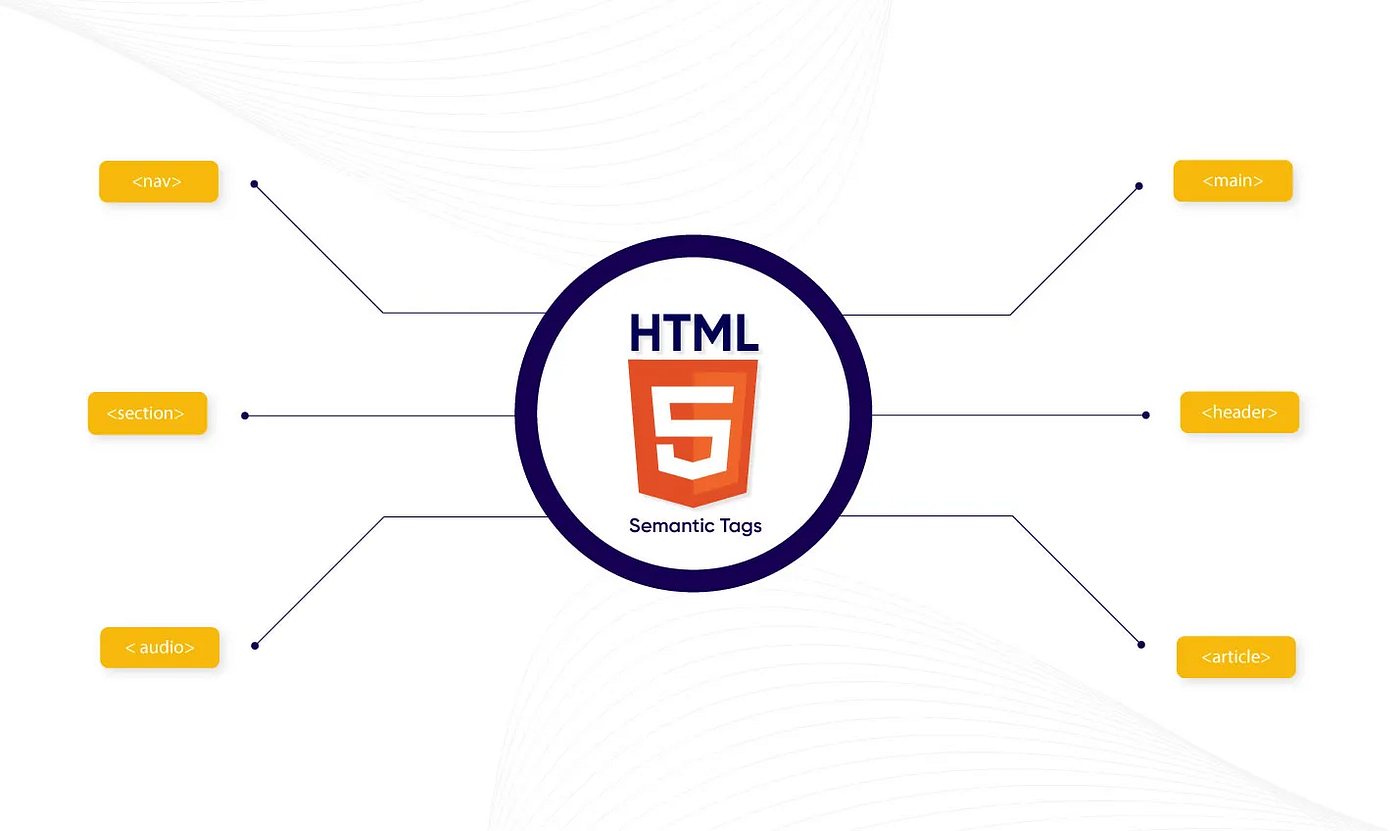HTML5 has revolutionized the way we build web pages, providing new features that make development easier, more efficient, and highly scalable. Whether you’re a beginner just diving into web development or an experienced developer brushing up on the basics, understanding the structure of HTML5 is key to creating functional and accessible websites.
In this guide, we’ll explore the essentials of HTML5, discuss how to properly structure your web pages, and provide tips to get started with best practices.
1. What Is HTML5?
HTML5 stands for HyperText Markup Language version 5, and it’s the latest specification for creating web pages. It introduces new elements, attributes, and behaviors that make it easier to create structured, interactive, and multimedia-rich websites. HTML5 is the backbone of every website, defining the layout and content while ensuring compatibility across devices and browsers.
Image Idea 1:

2. Basic Structure of an HTML5 Document
An HTML5 document has a standard structure that helps browsers interpret and display content correctly. Here’s a simple example:
htmlCopy code<!DOCTYPE html>
<html lang="en">
<head>
<meta charset="UTF-8">
<meta name="viewport" content="width=device-width, initial-scale=1.0">
<title>Introduction to HTML5</title>
</head>
<body>
<header>
<h1>Welcome to HTML5</h1>
</header>
<main>
<p>This is a basic example of an HTML5 document structure.</p>
</main>
<footer>
<p>© 2024 Your Website</p>
</footer>
</body>
</html>
Explanation:
- DOCTYPE Declaration: Specifies the HTML version.
<html>Element: The root element containing all content.<head>Section: Includes metadata like the character set and viewport settings.<body>Section: Contains the main content displayed on the page.
For more in-depth knowledge on building robust web applications, check out this guide on key skills for Full Stack Developers, which covers essential competencies like HTML5, CSS, and JavaScript.
3. New Semantic Elements in HTML5
HTML5 introduced several semantic elements that make it easier to organize and structure content meaningfully. These elements include:
<header>: Defines the header section, usually containing logos and navigation links.<nav>: Represents a navigation bar with links to different parts of the site.<article>: Specifies independent, self-contained content, such as blog posts.<section>: Groups related content into sections.<footer>: Defines the footer, typically containing copyright information or contact details.
“Using semantic HTML5 elements not only improves the readability of your code but also enhances accessibility and SEO performance.”
These elements give structure and meaning to your HTML code, making it easier for search engines and screen readers to understand the content. To further enhance your deployment and hosting strategy, consider this overview of hosting options for full stack developers.
Image Idea 2:

4. Using HTML5 for Responsive Design
One of the major advancements of HTML5 is its ability to support responsive design. By utilizing the <meta name="viewport" content="width=device-width, initial-scale=1.0"> tag, you can ensure that your web pages look great on any device, whether it’s a desktop, tablet, or mobile phone.
Additionally, combining HTML5 with CSS media queries allows you to create layouts that adapt to different screen sizes. This is crucial for modern web development, as mobile users make up a large portion of internet traffic.
5. Integrating Multimedia with HTML5
HTML5 makes it easier than ever to add multimedia content to your web pages. The <audio> and <video> elements enable you to embed audio and video files without relying on external plugins like Flash. Here’s an example:
htmlCopy code<video controls>
<source src="video.mp4" type="video/mp4">
Your browser does not support the video tag.
</video>
This simple code snippet allows you to play a video file directly on your webpage. For more advanced deployment tips, including setting up media-rich applications, read this guide on simplifying full stack application deployment with Heroku and Vercel.
6. Best Practices for Writing HTML5 Code
To make the most of HTML5, follow these best practices:
- Use Semantic Elements: Write meaningful code with elements like
<article>,<aside>, and<main>. - Keep Code Clean and Consistent: Use proper indentation and close all tags correctly.
- Optimize for SEO: Use meta tags and proper heading structures (
<h1>,<h2>, etc.) to improve search engine visibility. - Ensure Cross-Browser Compatibility: Test your HTML5 code on multiple browsers to ensure consistent behavior.
7. Conclusion: The Power of HTML5
HTML5 provides the building blocks for modern web development. Its structure, semantic elements, and multimedia capabilities make it a versatile choice for creating dynamic, interactive websites. By mastering HTML5, you’re laying a strong foundation for your journey as a web developer. Remember, the right tools and knowledge will help you scale your projects effectively, whether it’s a personal blog or a complex full stack application.
Key Takeaways:
- HTML5 introduces semantic elements that improve code readability and SEO.
- Responsive design is essential for creating mobile-friendly web pages.
- Multimedia elements like
<audio>and<video>simplify content integration.
For more insights on deploying your web applications and understanding hosting options, refer to this overview of full stack deployment.









